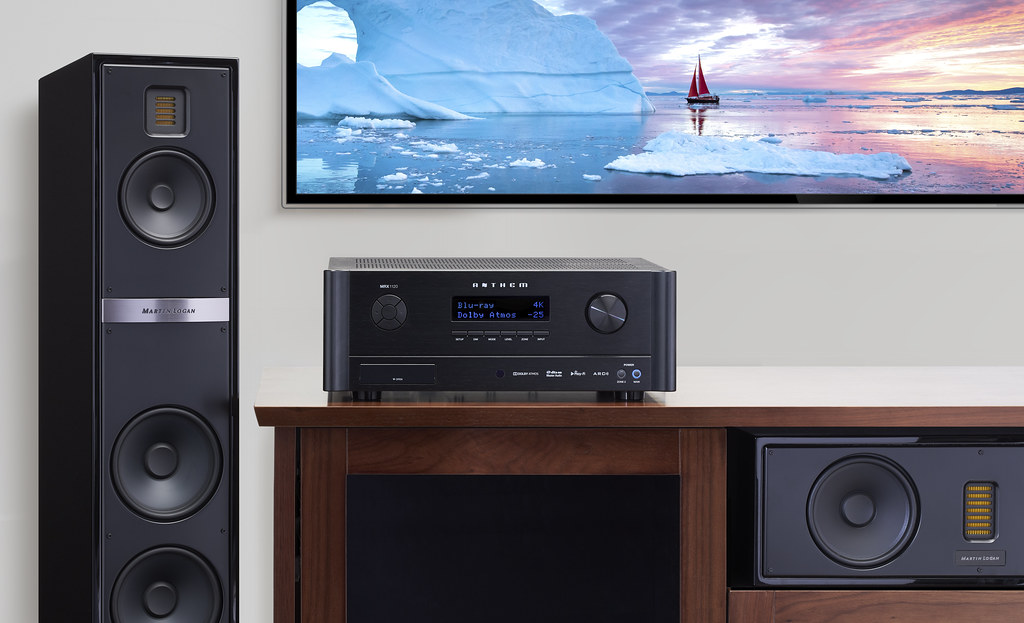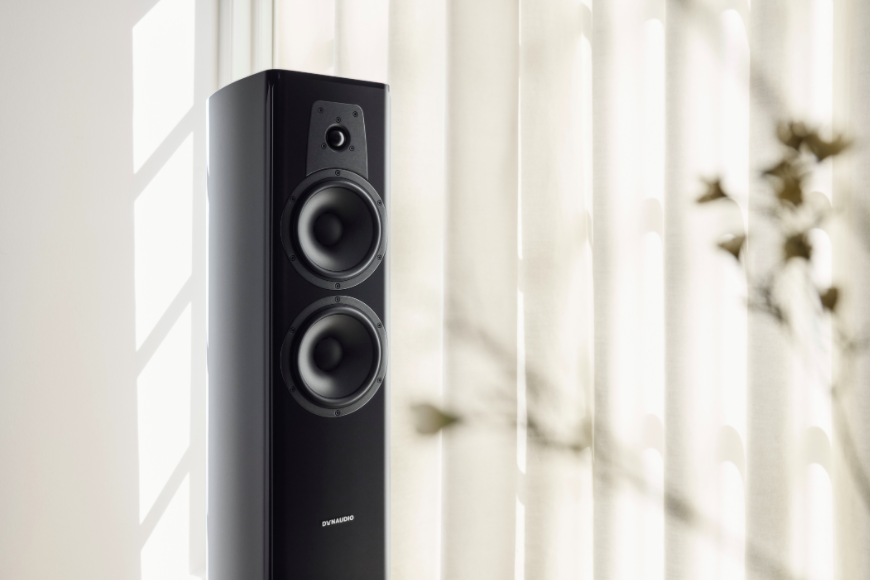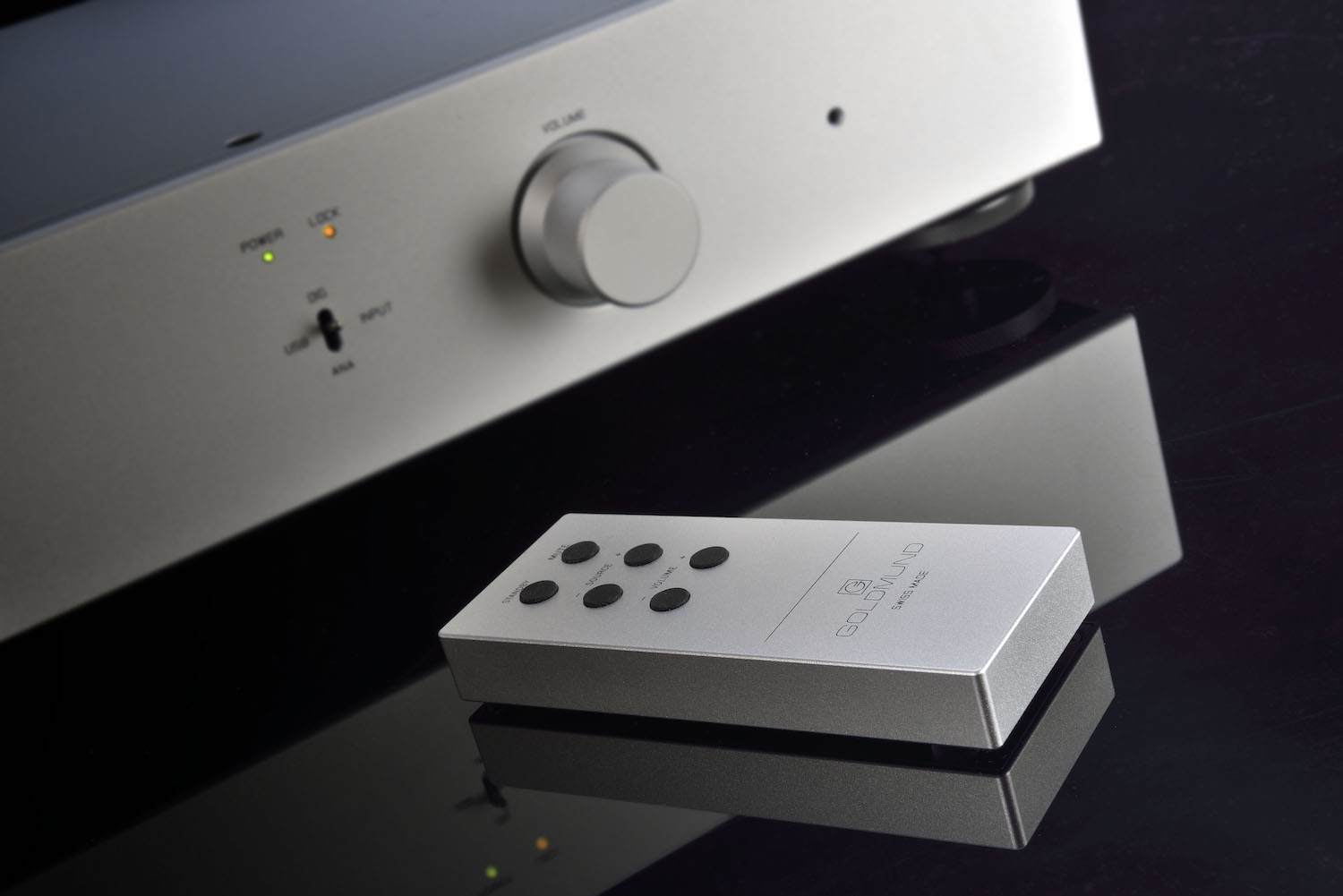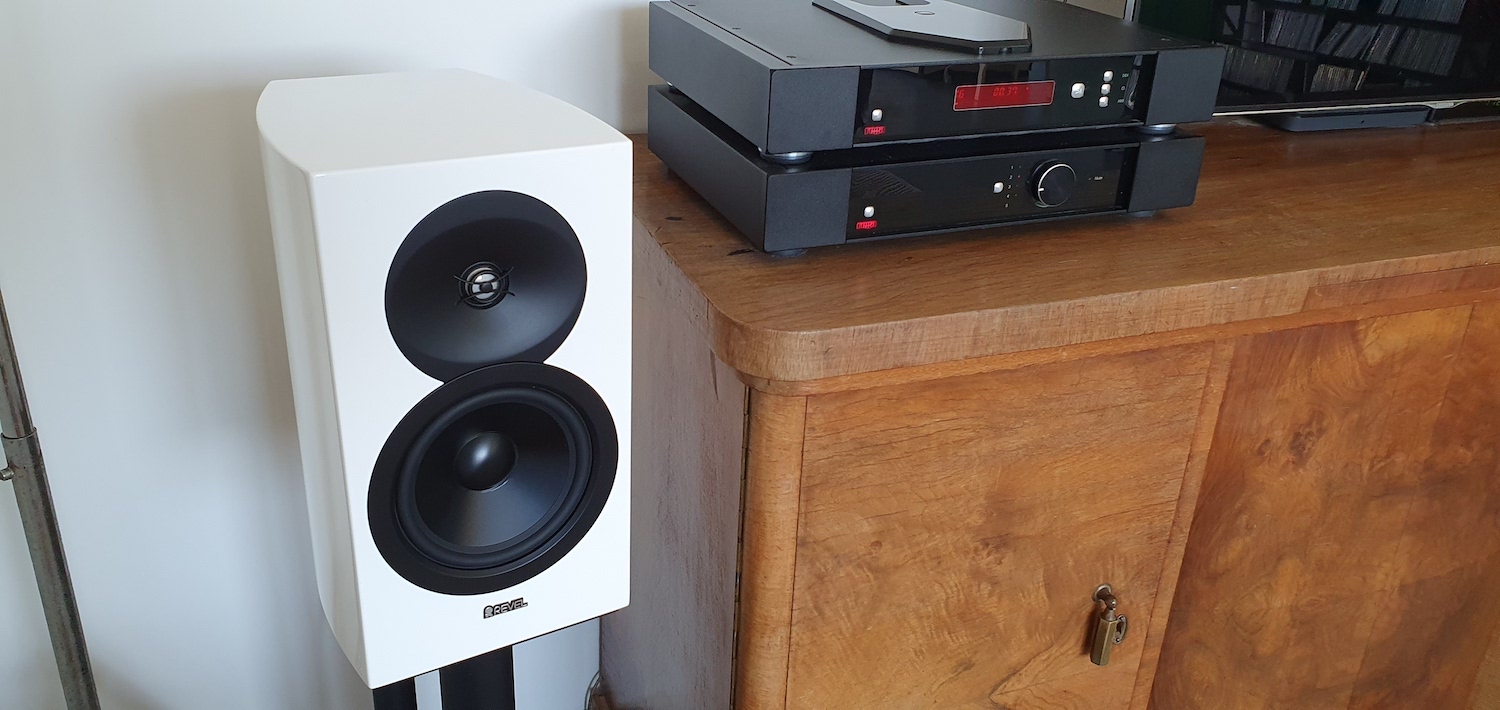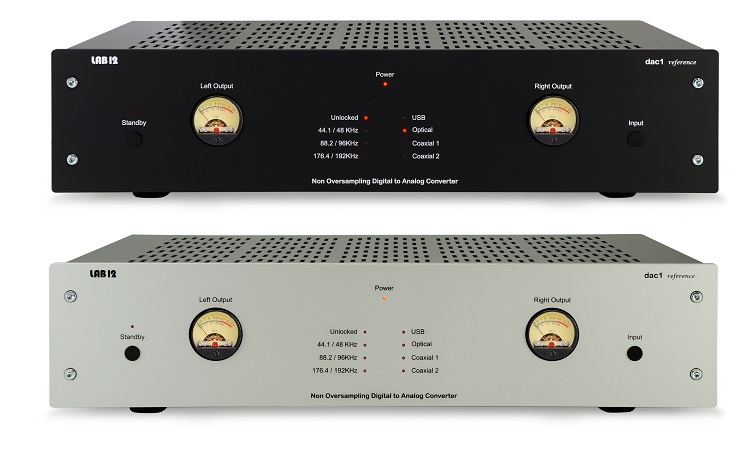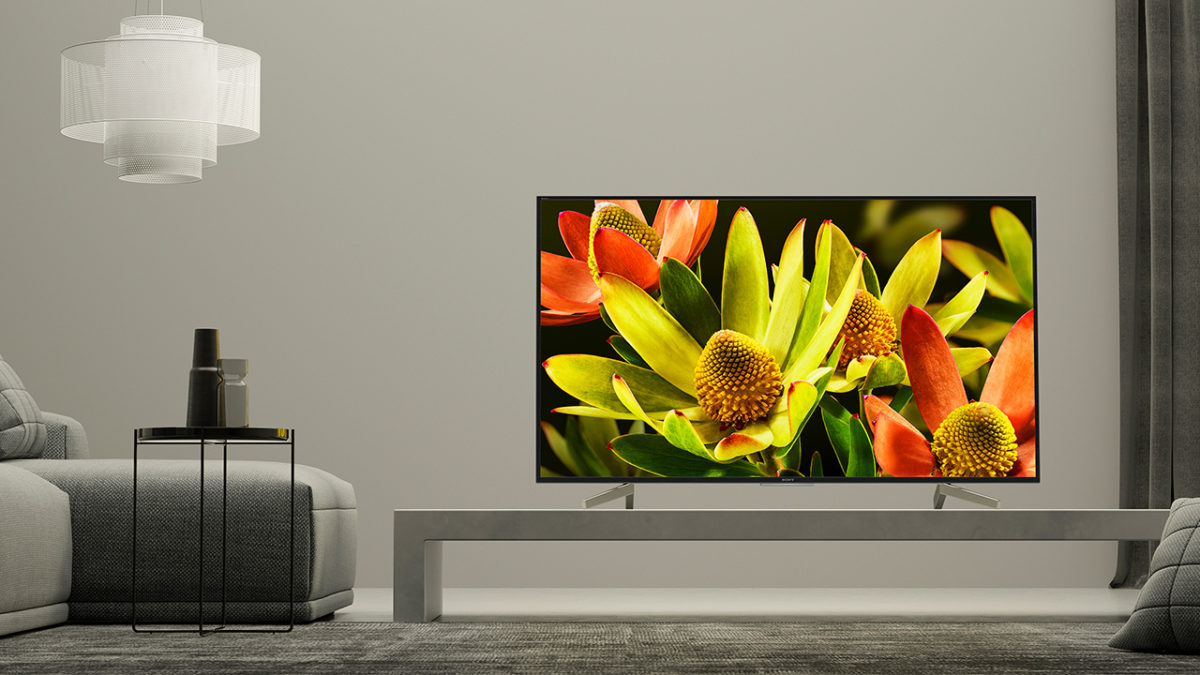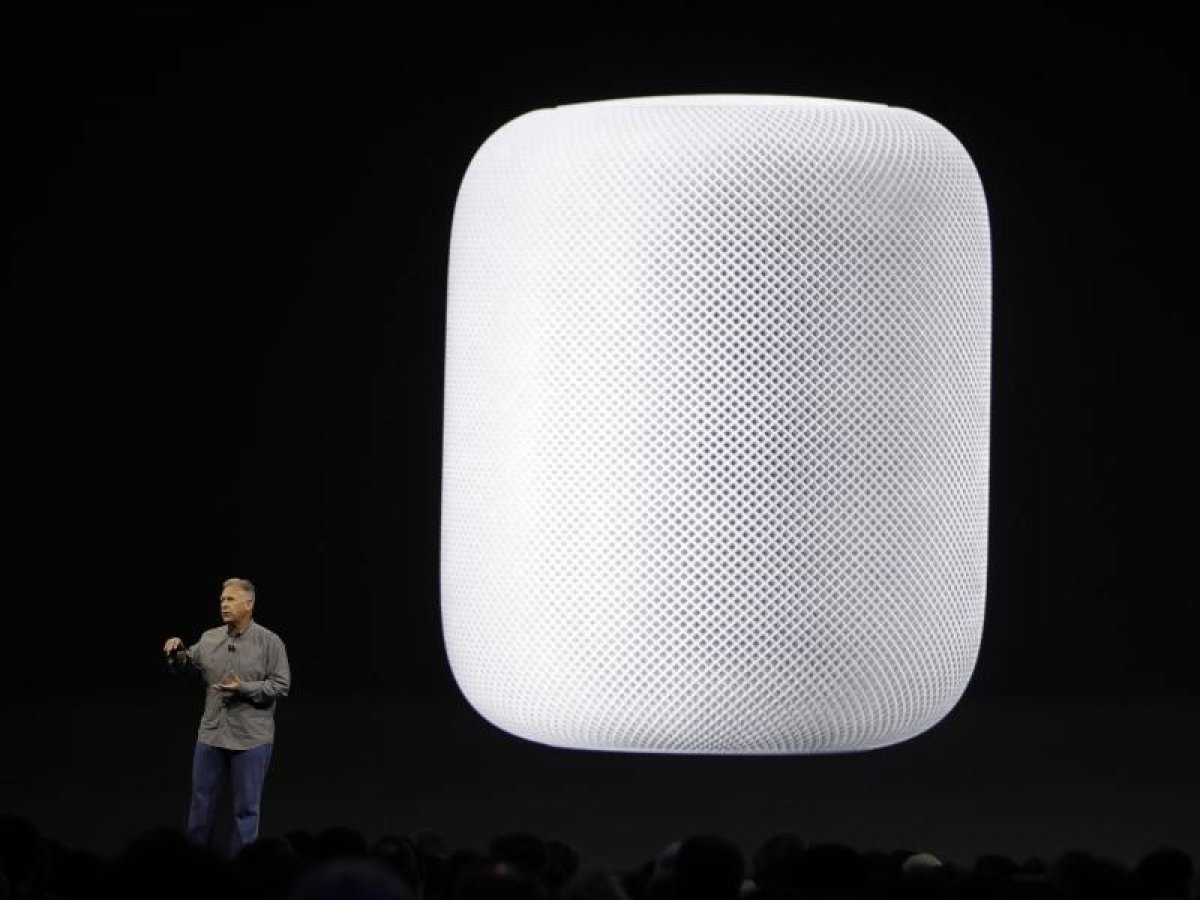For over 40 years, the unconventional Swiss Goldmund audio products of the highest level. In this continuous quest for true-to-life reproduction, the brand has built an extraordinarily strong reputation that has rightly been lived up to by several mythical products such as the Reference turntable, the Apologue loudspeakers or the Telos amplifier range. After the impressive entrance of the remarkably high-performing Telos 590 NextGen amplifier a few years ago, I am pleased that this brand has managed to bring the already far-reaching simplicity of that model back to its true essence. Resulting in a beautiful and quite rare example of completely natural representation of reality. | This review in English?
Goldmund The reason why the brand considers this as one One of the few has succeeded, starting with the fact that Goldmund products know how to make a clear difference through their history and different thinking. It already starts with the â ???? Swiss Madeâ ???? label and the accompanying, so typically very high quality. A working method for which the Swiss have long been known and which has consistently accompanied the brand throughout its company history. Partly because of this, the company was able to become a significant factor for luxury audio and video systems worldwide. Because yes, even though they are less known for this among the general public, you are also in the right place with this super specialist when it comes to sound reproduction for state-of-the-art home cinema systems.
A second important pillar is that Goldmund has been rock-solid for many years in fundamental research, often requiring the development of new technologies from scratch to achieve the set quality goals . In addition, the brand never followed existing trends and technologies that had not proven themselves sufficiently were invariably rejected. The name Goldmund thus stands for uncompromising quality from its illustrious past until today.
Telos Amplifier Technology Amplifier construction is a skill that has has been deeply rooted in the roots of this conservative, but also remarkably progressive company since the early days. As a rule, the more powerful an amplifier is, the better the control over the speakers used will be. It must be prevented that the latter produce its own sound that has nothing to do with the music signal itself. This is especially true for low frequencies where loudspeaker units tend to start (too) slowly and lag unwanted after the signal disappears. Using the Telos amplification technology, the developers have managed to significantly reduce this intermodulation distortion. In addition, the linearity of all amplification phases has been improved and they have also managed to significantly reduce time distortion. Based on the Goldmund Leonardo research program, Telos designs further utilize a higher bandwidth circuit with minimal delay distortion within the audio bandwidth.
When we turn to the input circuit, it now includes the latest version of the Goldmund Alize Digital / Analog converter circuits. This improves the coupling with the preamplifier part and thus ensures an even more natural reproduction. Separate input and output stages prevent interference between high and low power circuits and improve mechanical grounding. One of the major sonic enhancements of the new Telos NextGen circuit is the greatly increased control over the loudspeaker units. This extra control is obtained by reducing the output impedance of the amplifier to an extreme degree. In addition, it offers a much higher quality of microdynamic contrasts and even helps to keep (very) large woofers under maximum control. Ultimately, the Telos circuit amplifies the audio signal with incomparable purity and transparency, regardless of volume level and with an absence of unwanted distortion.
Telos 7 NextGen Although the relatively friendly pricing would suggest otherwise, the Telos 7 NextGen is one of the most spectacular integrated stereo amplifiers currently produced by Goldmund. Despite its modal format, just like big brother Telos 590, NextGen® is really capable of convinced to drive any passive high-end stereo speaker system with ease. A reproduction in which a convincing energy transfer, real spaciousness and clarity together with a remarkably natural detailed sound image go hand in hand.
The Telos 7 NextGen circuit is the latest improvement of this legendary circuit which has already 32 years (!) of history. A fact that many generations of music lovers still regard Goldmund as the true master of power amplifier design. Several generations of R&D developers have now added new layers of subtle evolution to this scheme, creating one of the longest continuity stories in the audio design art. Despite the extremely simple user interface, it is still possible to connect a number of practical digital and analog sources to this amplifier. This is a given by which listeners who especially want to enjoy their favorite music are not unnecessarily distracted by unnecessarily complicated technology and operation.
When the Telos 7 NextGen shines in its understated splendor in front of me, I really enjoy the clean lines and the immediately noticeable very high finish. Due to the particularly refined and sophisticated visual appearance on both the front and rear, the design exudes maximum quality, without immediately shouting it hard from the roofs. With dimensions of 44 cm wide, 10, 5 cm high and 36, 5 cm deep is actually a neat modal device for me. A given where the weight of only 10 kilo is neatly in step and almost suggests that the amplifier will probably not be very powerful given the relatively sober equipment. But appearances can also be deceiving here, because this relatively compact Telos 7 NextGen still knows a solid 2 x 175 Watts to 8 Ohm on the clocks. Although the rest is not specified, the maximum power consumption of 700 Watts says enough about the robust subcutaneous power reserves. Just like his previously tested big brother 590 that even extremely difficult speakers of the caliber of managed to control a Magico Q5 whistling, the expectations in this area are therefore also high for these 7. An “exciting” damping factor of â ???? only â ???? 220 at 1 kHz at 8 Ohm also shows that the concept of the Telos amplifiers differ greatly from the majority of the competitors. A direction in which audible results gain from mere metrological perfection.
Features When we get to the options, one group will enthusiasts will probably immediately frown firmly at the sight of so few connectivity options, while the other group – including me – jumps up almost jubilantly about finally so much understanding of a manufacturer. The first group probably has a plethora of sources in its A / V corner that he or she also wants to connect to the amplifier. But there is also a large group of people who see the audio system separately from the TV scene and especially if you only use a few sources, this Goldmund is just perfect. Because why would you also pay for options and connections that you never use? The simplicity of this amplifier, as will actually be shown in the listening section, is its great strength.
What is available as equipment? To do this, we first go to the rear and on the digital level we see, in addition to a single USB and toslink input, also a single S / PDIF copy. Furthermore, there are actually only one pair of analog RCA inputs and a beautiful pair of proprietary Goldmund loudspeaker connectors that allow all possible connections and a Euro mains plug connection with main switch visible. On the front, the picture is even more sober and only a small tilt switch is visible that allows switching between the different digital and analog sources. A green LED for power and a yellow LED for “lock” ???? Finally, together with the finely profiled solid aluminum volume controls, complete the tasteful visual package. Finally, when I carefully remove the massive top plate, besides the robust toroidal transformer, I also notice the different and remarkably compact circuit. Goldmund is shrouded in mystery, just like a brand like Roll-Royce, and thinks you should listen to such an amplifier. A detailed â ?? translationâ ???? After all, according to them, technology adds nothing to the enjoyment of listening. The last thing known is that the DAC section via the UBS entrance to 32 bit / 384 kHz of data can processing and also find DSD signals without problems.
Preparation and reflections The Goldmund Telos 7 amplifier has been deployed with a wide arsenal of different speakers and sources. Not because it has to be done, but mainly because it can and provides a lot of useful information about his behavior in different situations. In the first category these are the rather difficult to control Gauder DARC 60 reproducers. The beautifully organically shaped Estelon YB speakers are a lot easier then, while my own Master Contemporary C speakers round off the speaker plate with their high resolution and smooth overall properties. In terms of sources, Aurender S was used 11 and Mirror Image Wizzard streamers, while a Spectral SDR – 4000 SV CD player and North Star Design 192 mk 2 CD transport take care of physical digital discs. Cables are a combination of AudioQuest, Siltech, Crystal Cable, Nirvana Audio, Kemp and Essential Audio Tools.
Before I want to start with actual listening, I would like to come back to the introduction of this article. In this I cite that this Goldmund is a wonderful example of representation of reality. About the importance of this for our music hobby try to explain in the next paragraph why that makes sense to me. In the case of an amplifier, reproduction of reality is the ability to express the tonality, harmonic structure, focus, 3D spatiality, dynamics and speed accurately and in the right proportions to the listener. This not only creates a greater recognizability of the artists and the environment in which they perform, but it is also the fact that, with a well-recorded recording, you can, for example, use a Steinway concert grand piano, Selmer saxophone, Zildjian cymbals and Fender Jazz bass, if you play these instruments live knows, flawlessly.
The great thing is that this Goldmund Telos 7, despite its relatively sharp high – the amount of money that this illustrious little group of amps can handle Close. With products that do not strive for this, and that is the largest group, these kinds of musical works only sound nice and pleasant or may even be unpleasant for someone else. In short, not accurate and not truthful. The reason why I find the phenomenon of representation of reality so enormously important is that with a chain that is carried out completely in this way you can not only get closer to the musical truth, but also what causes in your brain, so that you strongly realize and experience that you have also come much closer to the intentions of the artist (s). It also gives peace of mind when your brain does not have to unconsciously always have to come up with information and the music comes across so contagious and credible that the step of how it could have sounded live is no longer that big at all.   Â
Listen Because here in the listening room there is actually a coming and going all year round of test products that play at different quality levels, it is all the more striking that I immediately notice how the Telos 7 NextGen makes music, or rather transfers it. Prior to this integrated amplifier, I have had a selection of the most beautiful amplifiers in the house in recent months, including front and end. Actually all beautiful and good and sometimes even excellently performing, but none of them did what this Goldmund does.
The first words that come to mind have to do with communication and feeling , and in deeper analysis a remarkably high degree of recognisability. The realization that the reproduction appears so effortless, natural and self-evident to you that it is close to what you perceive live sound without a hi-fi set. Other words that would go with this are weightless, extremely fluid and above all, largely free from reproduction artifacts. The great thing about all this is that this display also acts as the icing on the cake almost immediately after switching on. Fortunately, you do not need to be patient for half an hour or more before the display opens up completely, which is nice.
Interesting is also the comparison with the previously tested more than twice as expensive Telos 590 NextGen. It is clearly more colorful and has more of a ‘golden glow’. By this I mean that the 590 does add a certain own sound to the musical event, which the 7 has much less to almost none. Despite its price, the Telos 7 NextGen is still more natural, more pure and more communicative. A degree of interaction that is normally reserved only for top tube designs and in rare cases also mastered transistor designs. For completeness and to restore the Goldmund ranking, a 590 NextGen II has now been released . A successor that I will also be able to welcome in my listening room later this year and will then be pleased to introduce it to you again. But now quickly back to the beautiful and wonderfully basic 7. When I start with the impressively moody What Was Said album by pianist Tord Gustavsen, singers Simin Tander and drummer Jarle Vespestad on ECM 2465, I am immediately touched by the tangible, the uninhibited as well as a penetrating acoustic waterfall of unconcealed expressiveness. With songs like I See You, Journey Of Life and I Refuse, the deeper musical message is immediately audible and tangible. The beautiful organic and rich character of the ECM label remains completely intact and recognizable, but it is especially the very beautiful subtle low level information prayer in a perfectly credible musical landscape that convinces enormously. Low, medium and high are all in themselves quite largely uncritical, although in absolute terms there should be more power and authority, especially in the low reproduction, and dynamic contrasts could be stretched out even more widely. But in this case it just doesn’t matter and that has to do with the Telos 7 NextGen doing something quite rare yet remarkably wellâ ?? ¦
Evoking emotions Oops, now I am very much on slippery ice, I fully realize. Because talking about the representation of reality and evoking emotions is very vague. Also because it is so often very personal and often difficult â ???? hardâ ???? to make. But what I mean is that the longer I use this Goldmund, the more software I will look for that has touched me emotionally now or in my musical past. In my case I am talking about Caverna Magica by Electro harpist Andreas Vollenweider, the album No Borders by Don Grusin, The Thom Rotella Band, the Irish singer Enya with her best album Watermark, Cafà © Blue by Patricia Barber. and Friendship of pianist Bert van den Brink and bassist Hein van der Geyn.
Of course this list is still far from complete, but they are all albums that have shaped me in the past until now, musically and have meant emotionally. When I extract even more of these albums from oblivion in this way, I also realize that I do this consciously because I notice that this Goldmund has the special gift to link the emotion that I used to experience with these older recordings. felt. That seems simple but rarely happens. So with Andreas Vollenweider I go back into the imaginary cave and experience this musical adventure almost like for the first time. With Don Grusin it splashes and swings through the roof, whereby the complex rhythm patterns and counterrhythms are both unraveled and left intact in a carelessly simple way. Something similar happens with Thom Rotella, where I revolve and enjoy the clearly defined melodies full of audiophile fun. While Enya actually fills the listening room with the many layers of rich harmonic keyboard sounds and her floating voice around it like only she can. Patricia Barber is one of my all time favorites that I can wallow in for hours, while with Bert van den Brink I feel the same electrifying charge as I did during the live concert in the Bim house in Amsterdam.
And the audiophile parameters, what about that? As I often experience with top products, the Goldmund Telos 7 Nextgen also has certain centering properties. By this I mean that the center between the reproducers is very strong in terms of energy transfer and that the rest and beyond it mainly serves as a supplement. The image also has real height image and has a very natural and subtle character. There is never any glassiness or detachment here and the recognisability of real instruments is simply very good. This is simply a fantastic integrated amplifier that is among the very best in its price range and performs flawlessly in terms of both built-in DAC and analog inputs.
Conclusion
How nice and wonderful it is that this brand new Goldmund Telos 7 NextGen as an integrated amplifier has a look that finally perfectly matches whatever the brand claims. In other words: a very pure amplifier with few possibilities, and that is exactly why it is so very good. The Telos 7 NextGen is really an amplifier that 100 percent is designed for the passionate music lover, and not for the so often favored gadget freak.
What is special is that it is also one of those rare transistor designs that will also appeal to tube enthusiasts. A reproduction that has nothing to do with the supposed warm sound balance or a smeared sound image of poor tube designs, but rather appeals to their advantages. So musical realism and accuracy, absence of artifacts, naturalness and purity. If you have been looking for these aspects for a long time, but then incorporated into a beautiful transistor design, then this is one of the few options. In addition, the device looks beautiful in my eyes with its understated appearance, it is very well put together, can be controlled remotely with a solid remote control and is able to provide all its qualities with a wide variety of different sources and speakers to the listener. to be transferred. So tribute to this Swiss manufacturer who, with the Goldmund Telos 7 NextGen, hit the bull’s-eye even more than before.
Goldmund Telos 7 NextGen
â ?? ¬ 11. 500, – | Â www.puuravd.com

